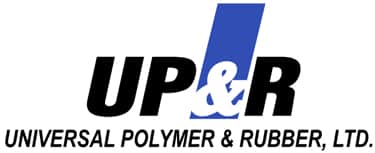Universal Polymer to Make the Most of the Six Sigma Methodology
Leave a CommentSix Sigma is the information driven methodology through which business stakeholders and employees can work together to optimize all possible processes and activities related to manufacturing. It works by using quick and accurate identification of inefficiencies, and by improvement of domains that are not utilizing raw materials and resources to the best of their capabilities. Carefully developed by great thinkers like Bill Smith, Mikel Harry, Shingo and Taguchi it is a popular manufacturing concept.
The Core Concept of Six Sigma:
The basic goal of Six Sigma is to ensure cooperation and collaboration between the pillars of a business. Employees are trained in the art of using known statistical tools to eliminate waste and redundancy. The leaders ensure that these employees (who hold belts) have access to the data they need to reach their conclusions. The subject matter experts stand by to provide the employees with context assistance to help them understand the results of applying Six Sigma’s statistical framework to the company’s data.
The Advantages of Using Six Sigma:
- The first thing that Six Sigma does is it identifies the activities which directly impact production and the indirect processes that can be optimized later. Thus employees and workers find themselves focusing on tasks that automatically contribute to increased output of the manufacturing unit and improved productivity.
- Six Sigma is the basis of lean manufacturing. It uncovers resources – both people and raw material which can be diverted from indirect processes and allocated to high priority tasks that have a positive impact on the bottom-line of the company. Through Six Sigma’s ability to spot trends and patterns and manage inventory, instances of over ordering, over production and just in time orders are reduced.
- Six Sigma has two frameworks – The Define, Measure, Analyze, Improve, and Control which takes existing processes to ‘entitlement’ or perfection and Define, Measure, Analyze, Design, and Verify which ensures that processes that have been optimized are executed without glitches. This two pronged approach increases both market share and ultimate profitability.
Universal Polymer is all set to adopt the Six Sigma methodology in April. With its new task force of yellow belt Six Sigma experts it will follow international players like GE, DuPont, Bank of America and LG on the path of process and quality control to provide better service and pricing to its loyal clients. For more information on our capabilities and Six Sigma process please contact us here.




